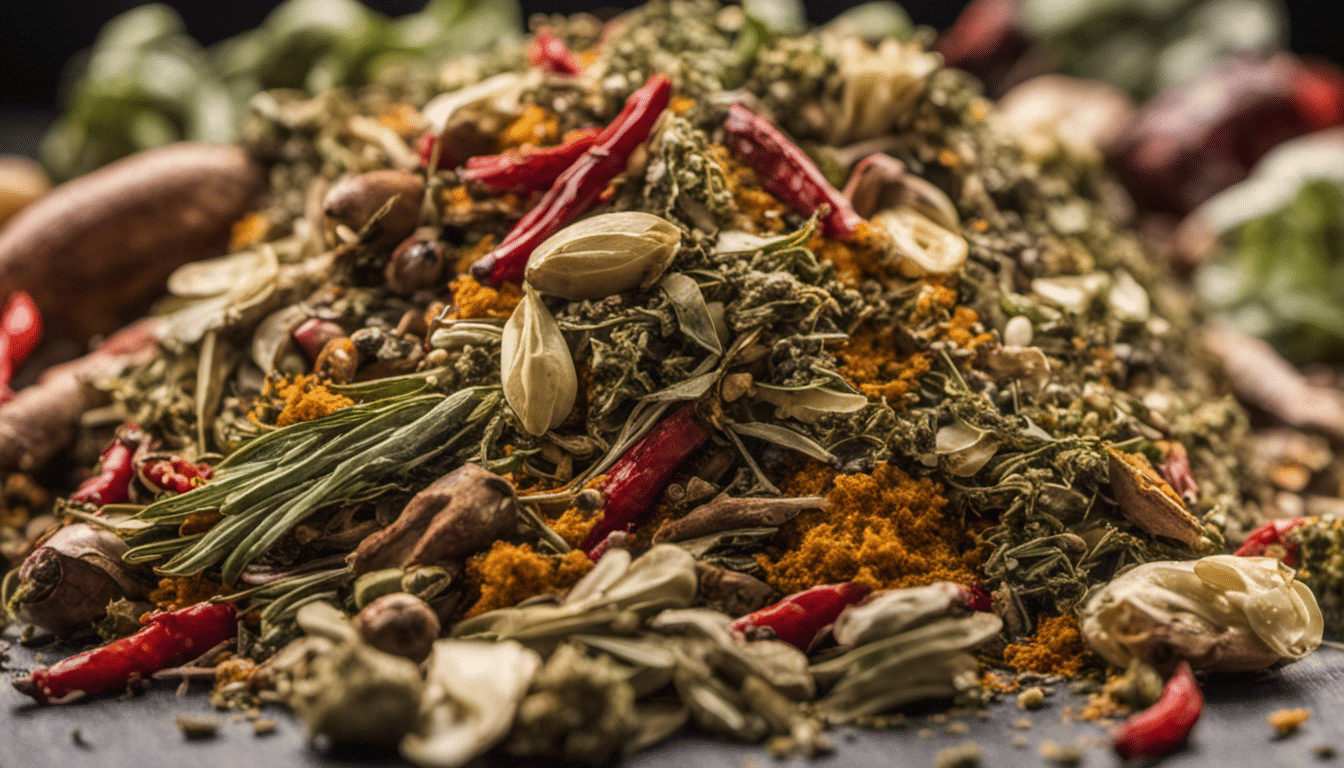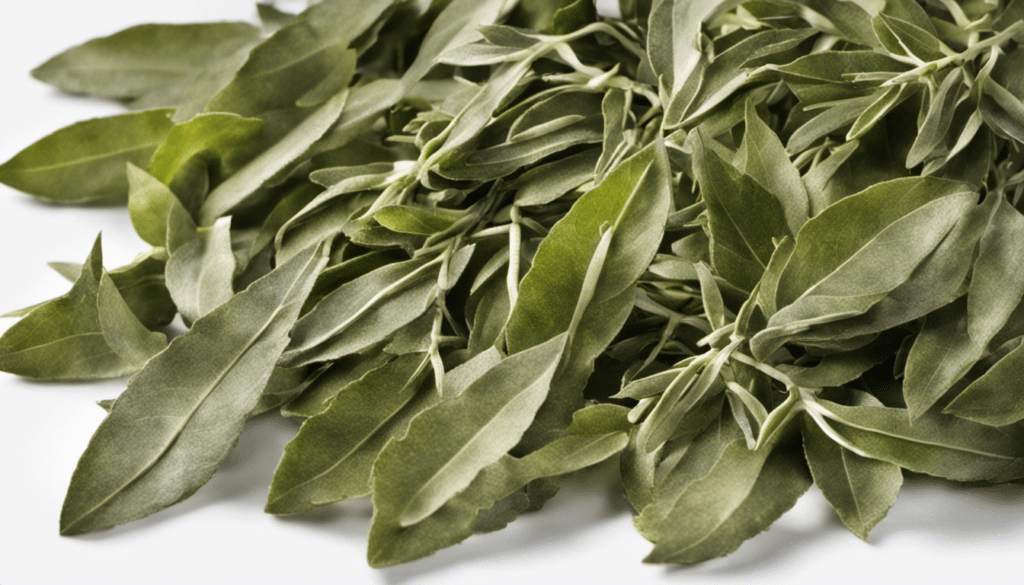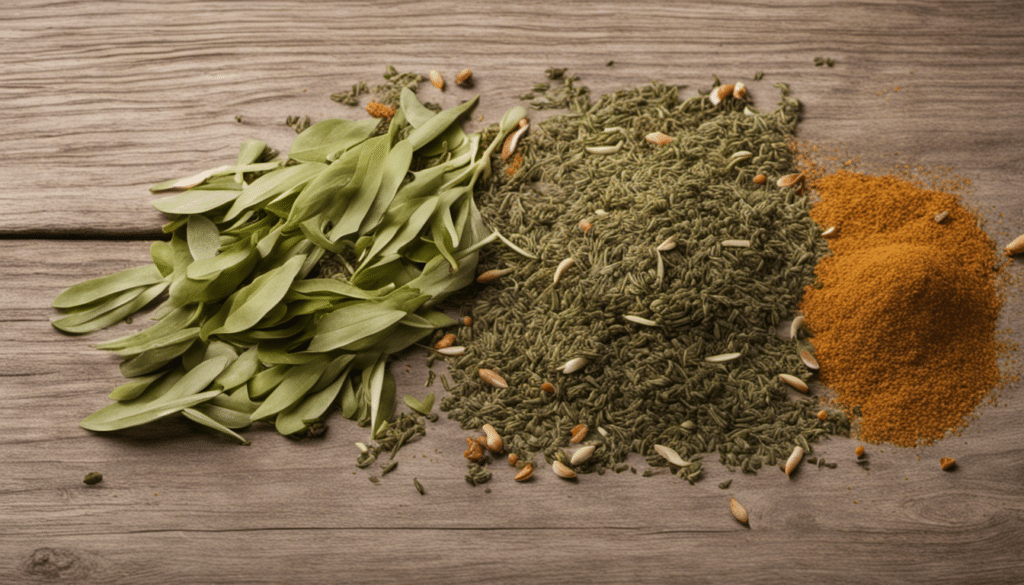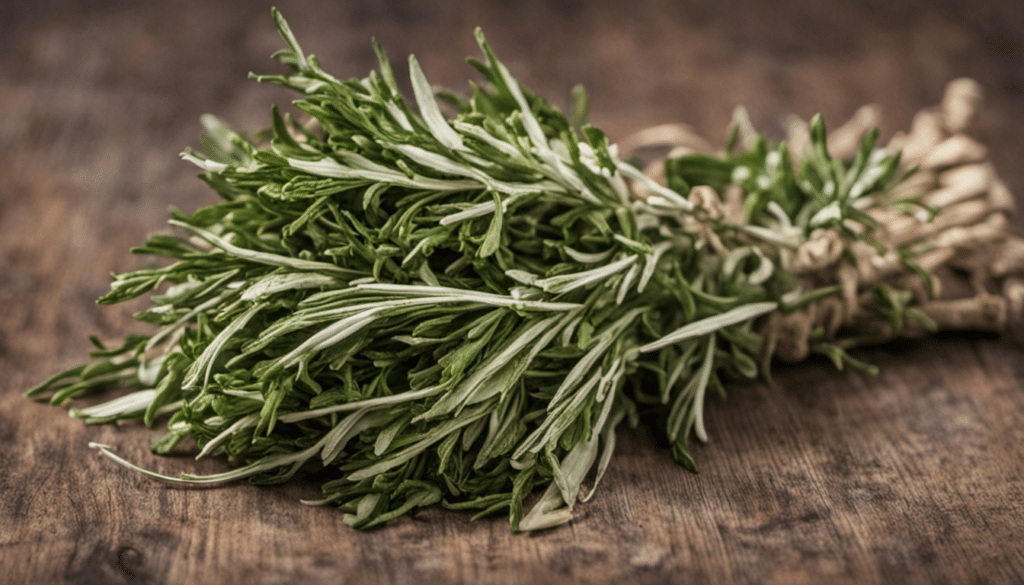Everything You Need to Know About Pipicha

A Glimpse into the Origins of Pipichas
The pipicha, botanically known as Porophyllum linaria, hails from the rich and diverse landscapes of Central and South America. It’s a long-standing tradition in Mexican cuisine, mainly used in the regions of Oaxaca and Puebla. With a wonderfully unique flavor profile, pipicha is popular for its hint of citrus combined with the pungency of cilantro, making it an absolute delight for culinary enthusiasts. In some corners of the globe, Pipichas is also recognized by its alternative names such as chepiche, pepicha or escobeta. Learn more about pipicha’s botanical characteristics here.
Health Benefits of Pipichas
Aside from its unique taste, pipicha also packs a powerful punch in terms of health benefits. It’s rich in antioxidants, providing your body with the necessary tools to fend off harmful free radicals. Moreover, it plays a vital role in improving digestion, reducing inflammation and boosting the immune system. Pipicha is also believed to alleviate stomach aches and help manage symptoms of some kidney disorders. The herb is packed with essential vitamins and minerals like Vitamin C, calcium, and magnesium, all integral part of maintaining our overall health.Check out the complete list of health benefits here.
Cooking with Pipichas
The amazing flavor of pipichas can enhance your culinary creations. It’s an eminent part of many Mexican dishes like tlayudas, grilled meats and fish, as well as various types of salsa. The leaves are chop-fine and added raw to a dish, or sometimes lightly stewed. However, it’s always added towards the end of cooking as heat can diminish its flavor. As its taste is quite unique and strong, it’s recommended to use pipicha sparingly and adjust amounts to your personal preference. Find some pipicha-based recipes at Saveur and Bon Appétit.
Pipicha Recipe Ideas
- Pipicha and Avocado Salad
- Mexican Corn with Pipicha
- Grilled Chicken with Pipicha Marinade
- Pipicha and Lime Quinoa
- Vegan Tofu Scramble with Pipicha
- Spicy Pipicha and Tomato Salsa
- Roasted Sweet Potato with Pipicha
- Sautéed Shrimp with Pipicha and Garlic
- Pipicha Infused Olive Oil
- Smoked Salmon Pipicha Tacos



